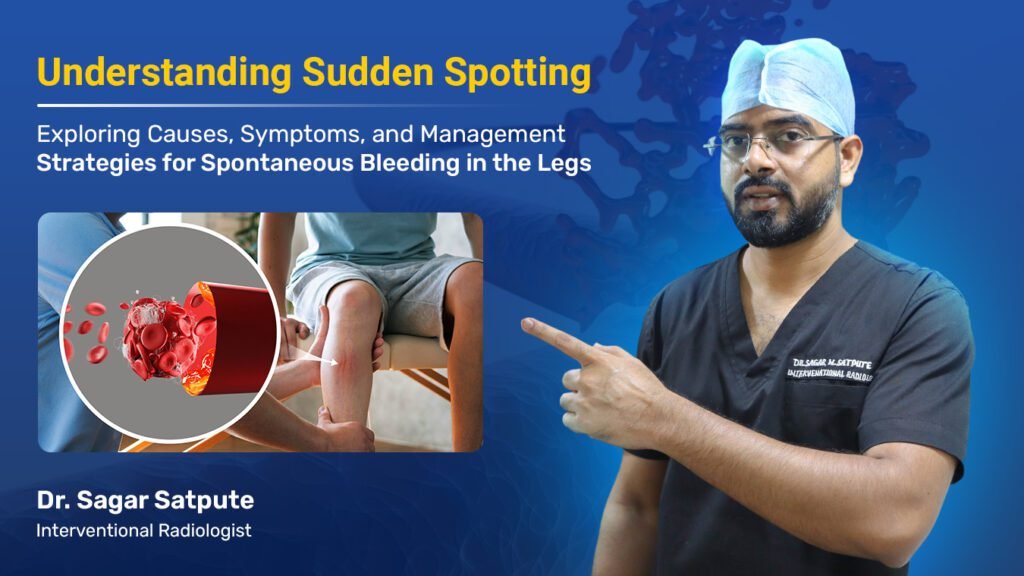
Sudden spotting or spontaneous bleeding in the legs can be a perplexing and distressing experience for individuals. This phenomenon, though often alarming, is not uncommon and warrants a comprehensive understanding to address it effectively. In this extensive guide, we will delve into the intricacies of sudden spotting, exploring its potential causes, symptoms, and management strategies. By gaining insight into this condition, individuals can navigate it with greater awareness and confidence.
To comprehend sudden spotting in the legs, it’s essential to explore its diverse array of potential causes. These causes vary widely and can encompass various physiological, environmental, and medical factors:
Sudden spotting in the legs manifests in various ways, often accompanied by distinctive symptoms and presentations:
Effectively managing sudden spotting in the legs necessitates a multifaceted approach encompassing various interventions and strategies:
Sudden spotting or spontaneous bleeding in the legs presents a unique set of challenges, necessitating a comprehensive understanding and proactive management approach. By exploring its potential causes, symptoms, and management strategies, individuals can navigate this phenomenon with greater insight and confidence. Timely intervention, prompt medical evaluation, and adherence to treatment recommendations are paramount in mitigating the impact of sudden spotting and promoting optimal leg health.